Rugs used to be one of the last things I considered when designing a room. But now – they’re one of the first things I think about because I realize just how important they are. Vintage rugs add a layer of coziness, pattern, and texture. They are the foundation of every room and their importance should not be an afterthought. They also provide insulation, protect the floor, and are very durable.
I’ve been getting more vintage rug questions after this post, so let’s dive into some vintage rug buying tips.

13 TIPS FOR BUYING VINTAGE RUGS:
1. // Facebook Marketplace and Craigslist have some great vintage rugs, but my go-to for buying reasonably priced vintage rugs is Etsy and eBay. I’ve personally had the most luck with finding my *unicorn* rugs on Etsy
2. // When buying a rug off Etsy or eBay, you can message the seller to see if they have any discounts going on. I’ve found that most of the time, they will offer 5-15% more off a rug
3. // Anything vintage is less than 100 years old, and anything antique is more than 100 years old (and usually more pricey). Remember that just because something is antique, doesn’t mean it’s not durable or still in good condition.
4. // Make sure the rug is made of a natural material such as wool, cotton, or silk – these materials will stand the test of time
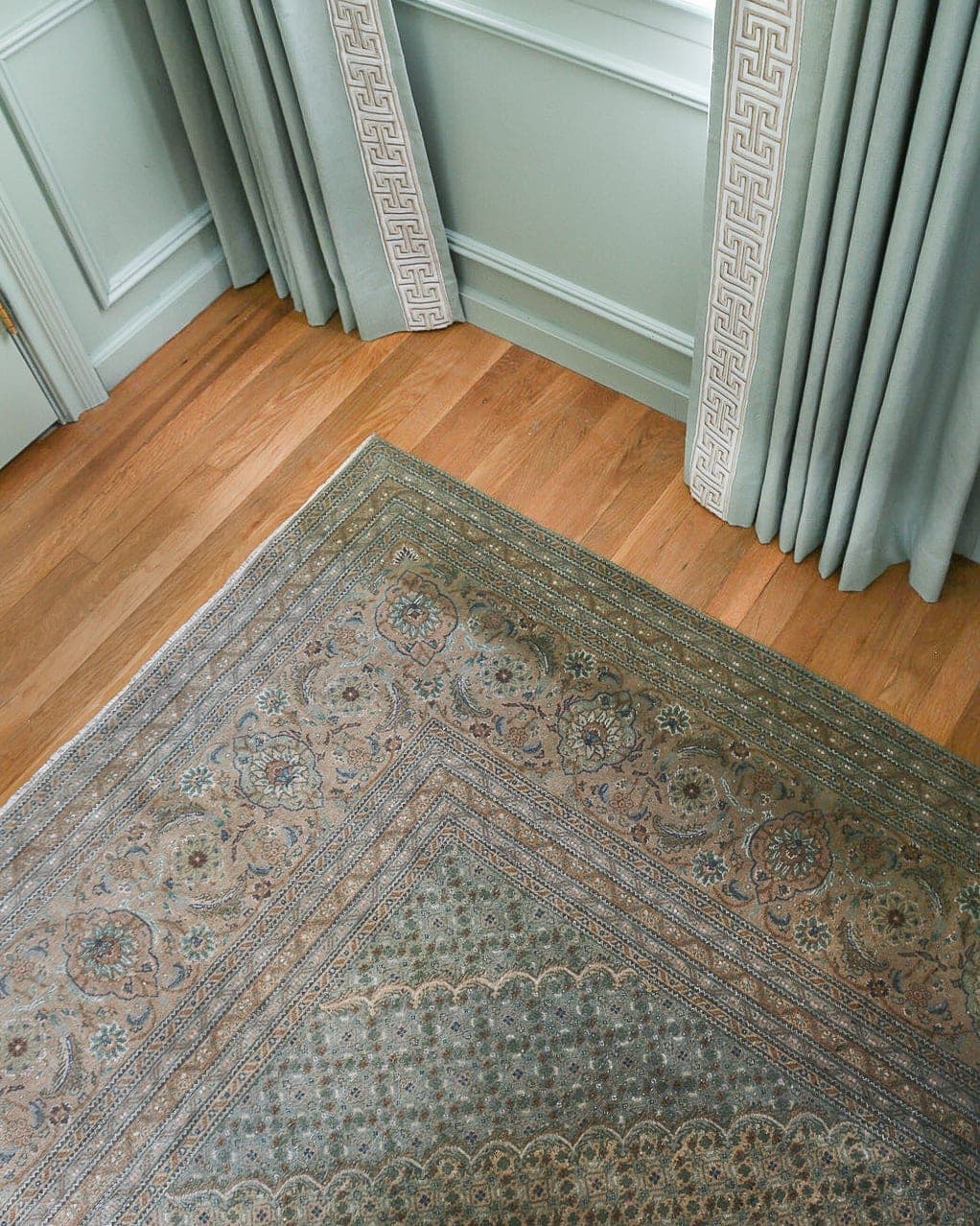
5. // If a seller doesn’t list them, ask for imperfections/damages/pulls/holes in a rug before buying
6. // When buying a rug online (like Etsy), I sometimes ask for more photos in natural daylight if the lighting seems wonky, or if it’s taken under factory lighting. Most of the time, the colors of a rug in the photos online will look different once it’s in your house
7. // Always double-check sizing. Some overseas shops will use centimeters instead of inches when measuring
8. // Double-check the return policy. Every shop/seller is different
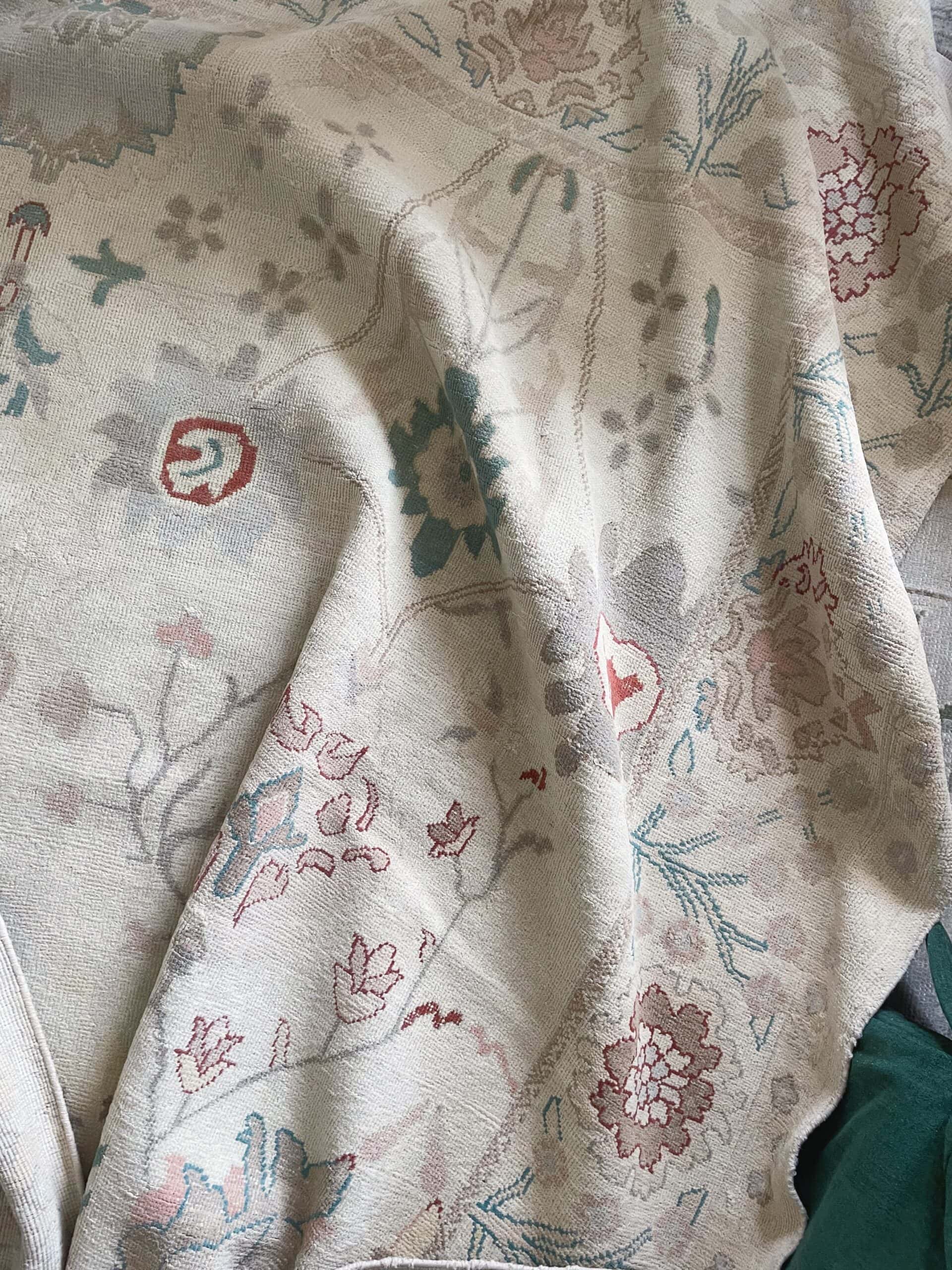
9. // You can tell a lot about a rug’s history by flipping it over
- If you flip the rug over and look at the back, you’ll be able to tell if it’s been repaired. Large repairs or big patches take away from the rug’s overall worth, and vintage rugs with big repairs should be avoided
- The back of a rug will show the quality/fineness of the weave as well as the knot density. The more knots, the better
- True vintage rugs never have a backing like modern rugs do
- The texture on the back of a rug can tell you how old a rug is. A smooth back takes time – years – to develop. Most newer rugs will have a fibrous, fuzzy texture
10. // Check for Patina. Just like antiques, rugs will develop a patina over the years. With use over decades, a wool rug will develop a silky sheen
11. // Check for KPI (knots per inch). The KPI of hand-knotted rugs usually ranges from 40-400 (and even higher on very expensive rugs). The higher the density, the higher the quality and price. Around 100-200 KPI is a nice balance of price and quality

12. // Definitely be on the lookout for sellers who clean their rugs. Some will specify if and how the rug has been cleaned. Most rugs will come with a scent, but that will go away in time (and sprinkling/vacuuming baking soda)
13. // If a seller can provide any authenticity on the rug, then you can be rest assured that it was not cheaply made (and therefore may be a little pricier). Price is subjective, but I personally am always comfortable spending a little more on the right rug depending on how badly I want it – a quality rug that is unique, tugs at my heartstrings, and is perfect for my space is always worth the extra $

TYPES OF RUGS
Here’s a quick breakdown of just a few types of rugs you’ll see when browsing (there are many more than what’s listed below, but these are a good start).
Turkish Kilim: A pileless handwoven rug that is produced in Turkey. Kilims are also used a wall decor, hangings, table covers, bedspreads, upholstery, and even for bags
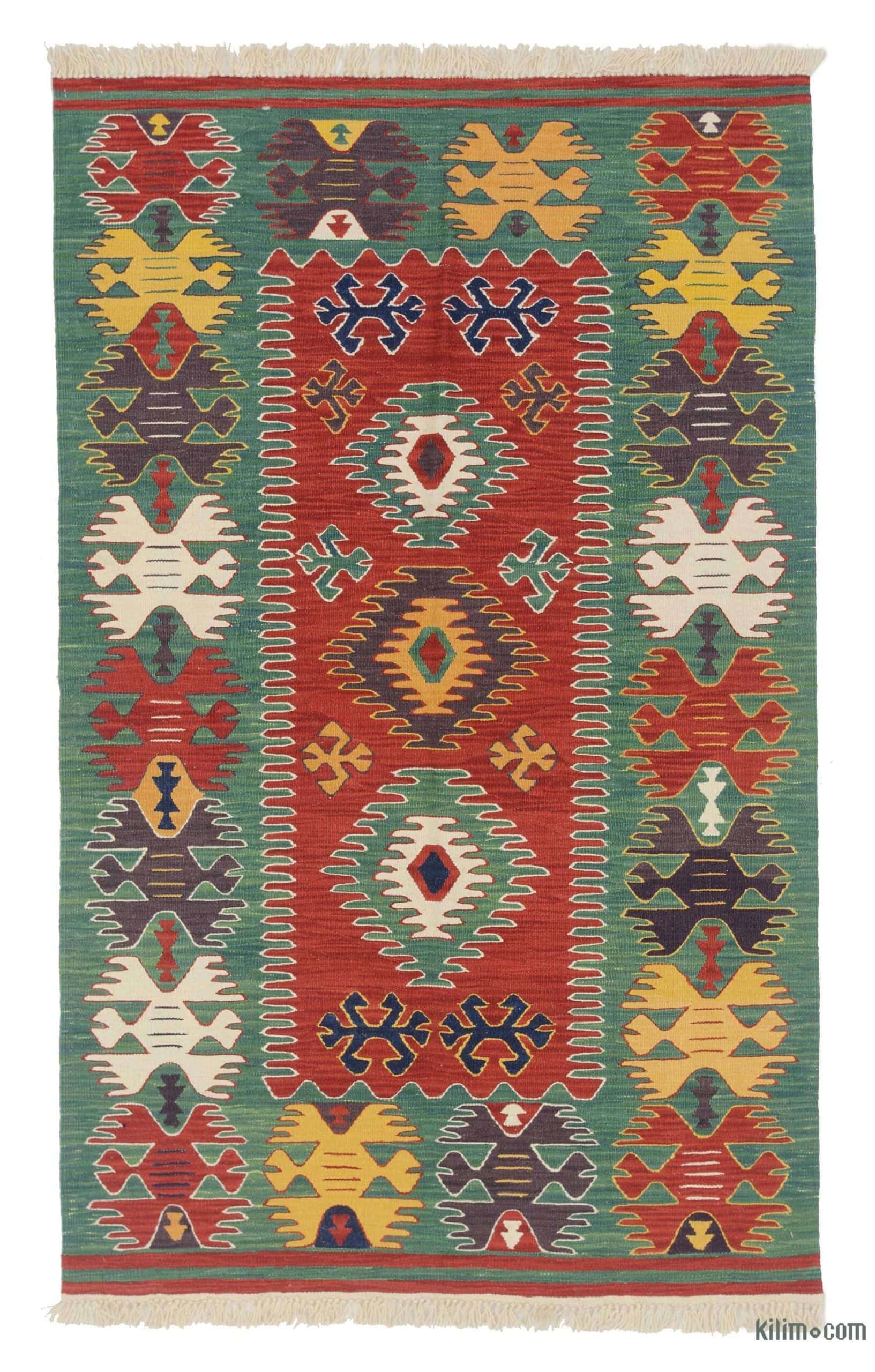
Oriental: Oriental rug is a general term for a knotted-pile rug from China, Turkey, Tibet, India, and Egypt.
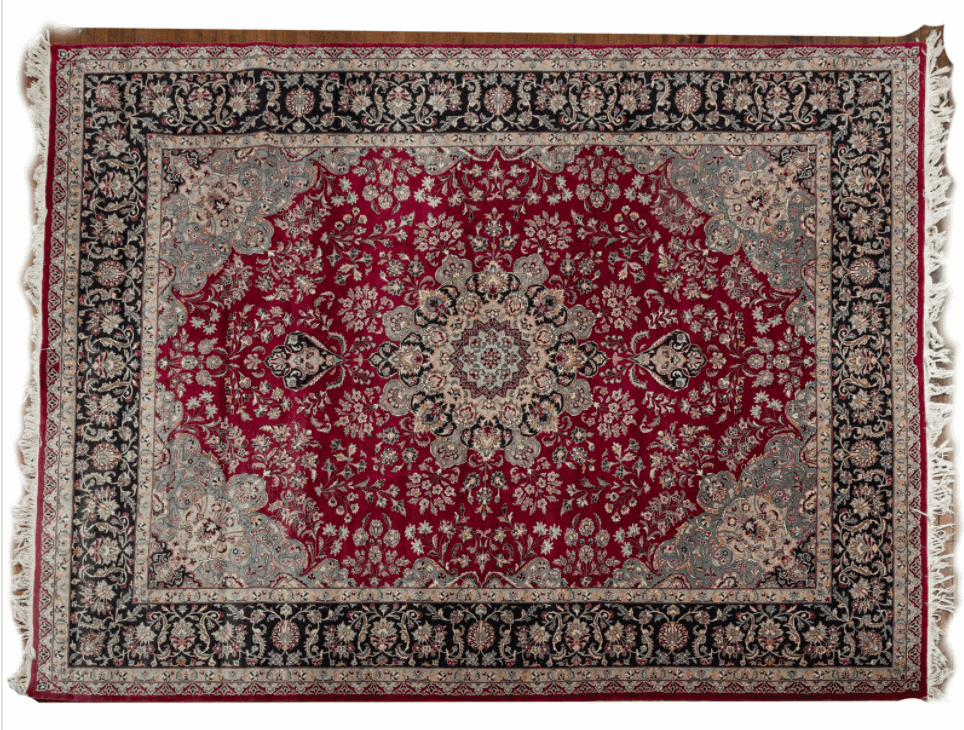
Persian: Mostly made in Iran (and sometimes Pakistan). They’re handwoven and consist of colorful geometric and floral designs. The jewel tones (mostly reds) are typical of Persian rugs. One popular style of rug is known as Heriz, which has bold, geometric patterns with a medallion in the center.

Tabriz: An intricate rug made of cotton or silk from Tabriz

Overdyed: These have been dyed one consistent color – only a hint of the pattern comes through.

Bokhara Rug: These are defined by their diamond-shaped or oval motifs that repeat
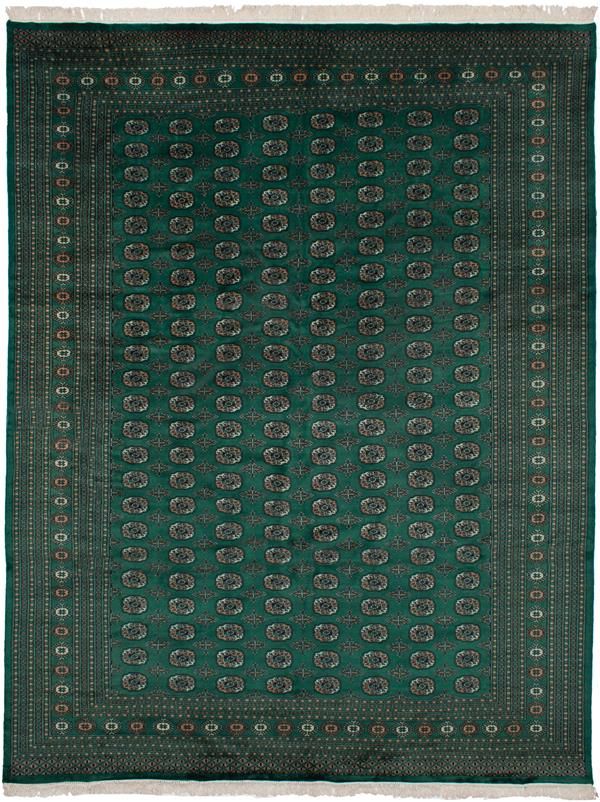
Turkish Oushak (my personal favorite): Oushaks are typically geometric with a central medallion/geometric pattern or smaller scattered patterns with a border design of a similar medallion or scroll/vine pattern. I recently purchased these rugs, which are both Oushaks:
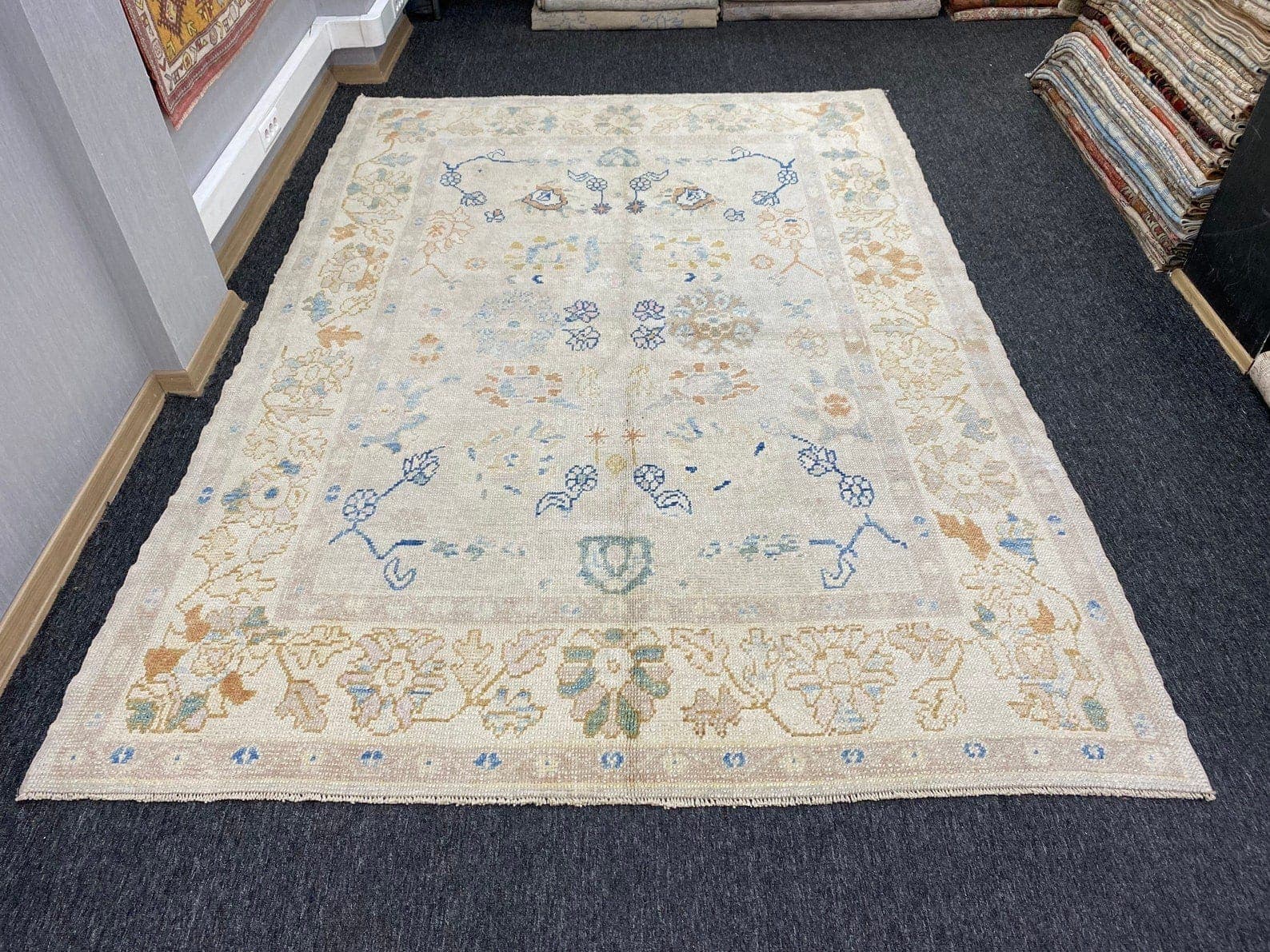

Purchased this gorgeous Egyptian Floral Oushak last week from RugSource
As you continue to search, you’ll likely start to familiarize yourself with these rugs, and depending on your aesthetic, immediately recognize the rugs you’re drawn to. One of my favorite ways to familiarize myself with the types of rugs is browsing eBay, Etsy and LiveAuctioneers, because (most) of their rug listings are quite detailed.
I shared my favorite Etsy shops for buying vintage rugs in this post!




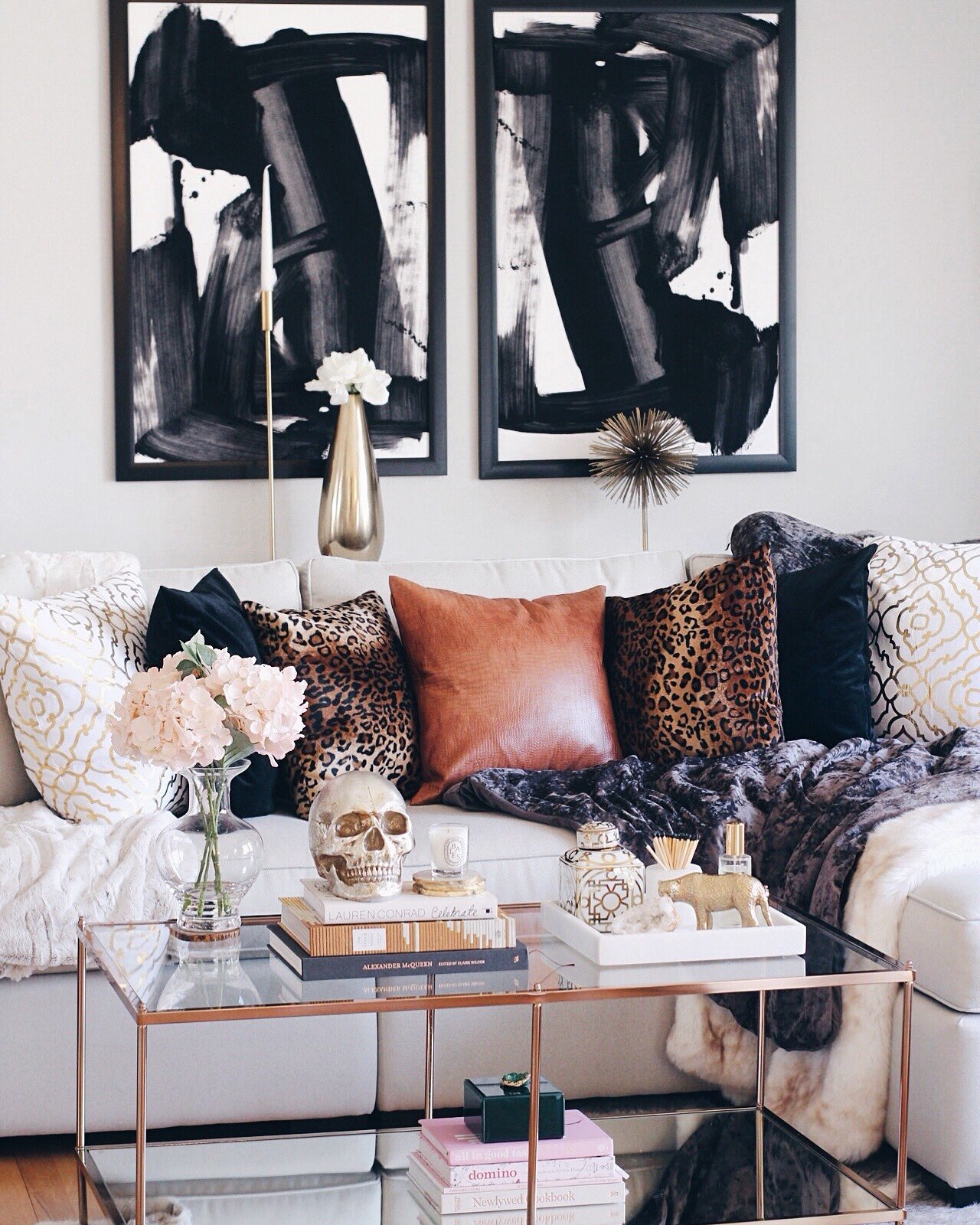

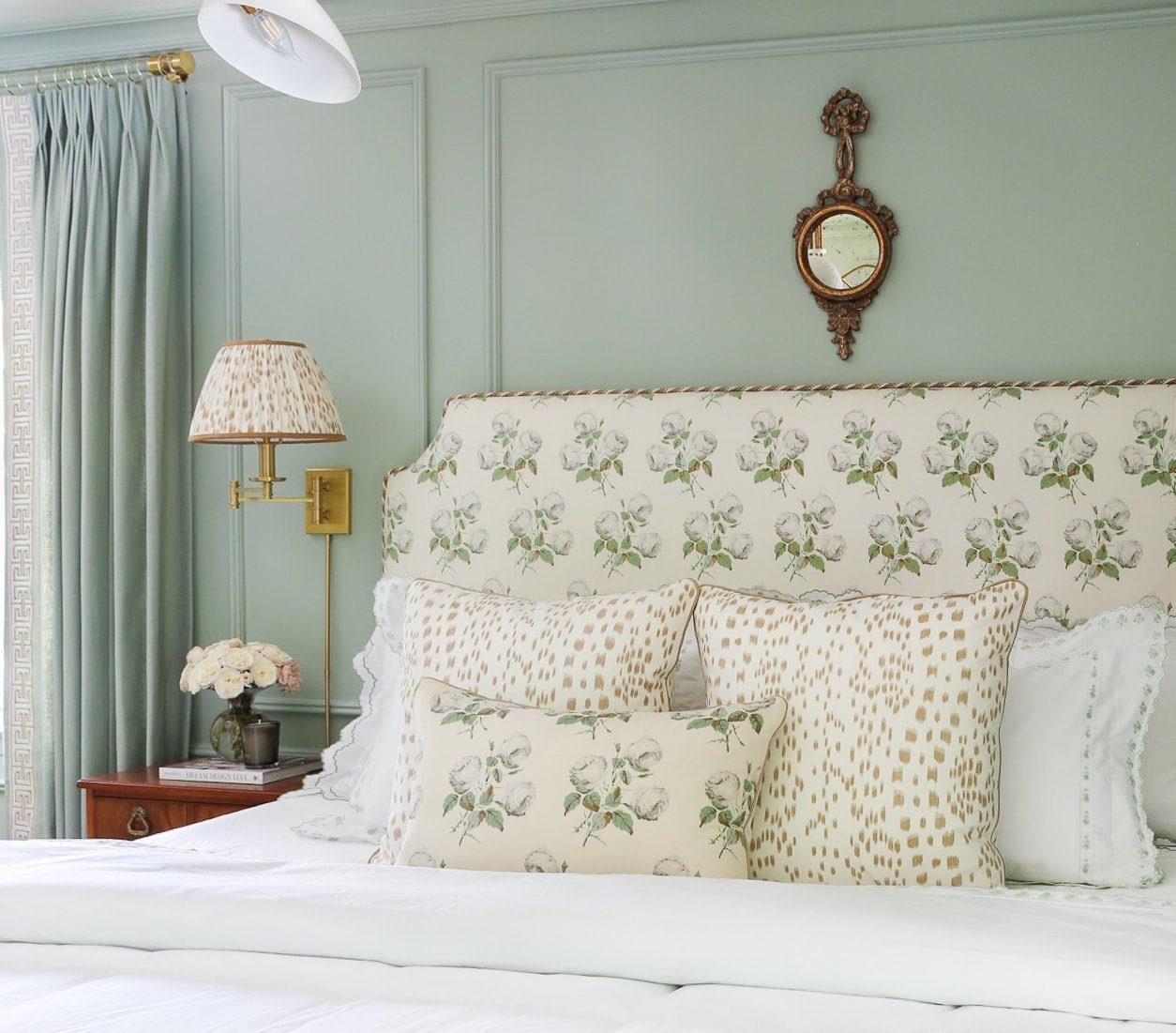
Hi! Thank you so much for creating so much wonderful and thoughtful content for us! If I’m looking at vintage rugs, and I see what looks like criss-cross stitching, could that mean its been repaired? Just want to have some background knowledge before asking the seller. Thank you!
Hi Alisa, I often come back to your blog and you have inspired me in so many ways. I’m looking at purchasing a vintage rug for the first time … kinda new at rugs in general. But specifically for the living room that has carpet (for now) and I’m not sure how the rugs, especially the thinner pile rugs will work. I know you have layered rugs over other rugs before, but if I’m not planing to do that. Do I need to go for the thicker, higher pile rugs that are heavier, or is there a way to keep corners down and rug in place with the rugs that have no backing (even when furniture anchors it down, what about the edges and corners)? Does that make sense?